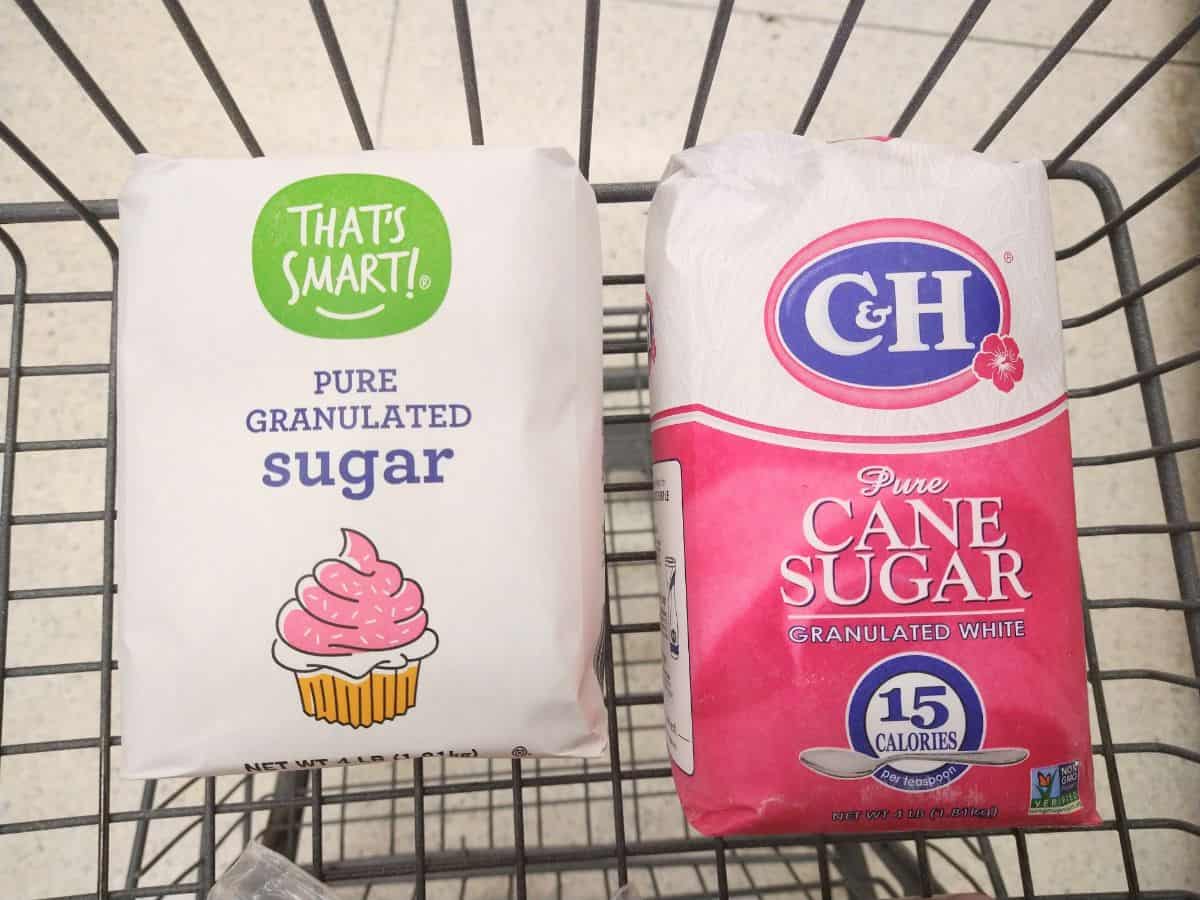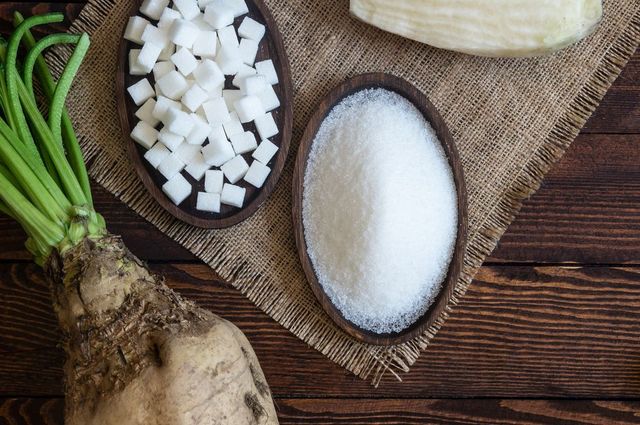Beet Sugar Vs Walking Stick: Which Sugar Reigns Supreme in Your Kitchen Area?
The selection in between beet sugar and cane sugar usually mirrors not just individual preference but additionally the culinary demands of specific dishes. Walking cane sugar is often commended for its abundant, complex taste that boosts baked goods, while beetroot sugar offers a much more neutral sweet taste that might match a selection of applications.
Origins of Beetroot Sugar
Beet sugar, obtained from the sugar beet plant (Beta vulgaris), has an abundant background that goes back to the late 18th century. The initial successful extraction of sugar from beetroots occurred in Germany around 1747, when drug store Andreas Marggraf determined the plant's sugar web content. By the early 19th century, the process was improved and advertised, causing the facility of beet sugar manufacturing facilities throughout Europe.
The surge of beet sugar was considerably influenced by geopolitical factors, especially the Napoleonic Wars, which interfered with walking cane sugar materials from the Caribbean. This prompted European countries to buy beet sugar manufacturing as a domestic alternative. The facility of the sugar beetroot sector gave a financial boost to backwoods, creating jobs and boosting agricultural practices.
Beginnings of Cane Sugar

By the 7th century, sugar walking stick was introduced to the Center East, mostly because of the expansion of Islamic realms. The modern technology for refining sugar from walking stick juice advanced during this period, bring about the facility of large sugar production. The Campaigns better facilitated the intro of sugar to Europe, where it came to be a coveted luxury product by the 12th century.
The significant demand for sugar in Europe resulted in the establishment of vineyards in the Caribbean and South America during the colonial period. This noted a transforming point in sugar manufacturing, transitioning from a luxury great to an essential asset, fundamentally forming culinary methods and economies worldwide.
Flavor Profiles Contrast
While both beetroot sugar and cane sugar serve the exact same main feature as sugar, their taste accounts exhibit subtle differences that can influence cooking applications (beet sugar vs cane). Walking cane sugar is frequently taken into consideration to have a somewhat more intricate taste, identified by a tip of sugar notes that can enhance the preference of baked goods and confections. This depth is credited to the existence of trace element and natural substances that are more obvious in cane sugar because of its natural processing techniques
In comparison, beetroot sugar has a tendency to have a cleaner, extra simple sweet taste with much less taste intricacy. It is frequently called having a somewhat metal aftertaste, which might be much less desirable in specific delicate meals or beverages. This difference comes to be particularly significant in recipes where the sugar's flavor may complete with other components, such as in fruit maintains or fine breads.
Ultimately, the option in between beetroot sugar and walking stick sugar may come down to personal preference and the specific needs of a recipe. For those seeking a nuanced flavor to enhance their cooking developments, walking cane sugar may be the preferred option, while beet sugar acts as a functional and useful option in lots of applications.
Nutritional Distinctions
Nutritionally, useful content both beet sugar and walking cane sugar are virtually the same, largely composed of sucrose and providing the same calorie material. Each sort of sugar has roughly 4 calories per gram, making them equivalent in power payment when used in food and drinks - beet sugar anonymous vs cane. This resemblance encompasses their chemical frameworks, which include glucose and fructose molecules adhered together
While the key dietary worth of both sugar is basically the same, some small variants exist in trace element. Walking stick sugar may include percentages of potassium, calcium, and magnesium, while beet sugar is often lacking these nutrients. The amounts present are negligible and do not dramatically impact general nutritional intake.
It is essential to note that neither beetroot sugar neither walking stick sugar uses any type of significant health and wellness advantages; they are best consumed in small amounts as component of a well balanced diet regimen. Excessive usage of any sugar can add to wellness concerns such as excessive weight, diabetes, and oral problems. Therefore, when thinking about nutritional differences, the focus needs to remain on moderation and overall dietary patterns as opposed to the minute differences between beet and walking cane sugars.
Cooking and Baking Makes Use Of
When it pertains to food preparation and baking, both beetroot sugar and walking stick sugar can be utilized mutually in a lot of dishes due to their similar chemical structure and practical homes. Both sugars are composed mainly of sucrose, which implies they will certainly supply the same degree of sweetness and add to the Maillard response, crucial for browning and flavor development in baked goods.
In cooking, both beetroot and walking cane sugars can be used in cookies, cakes, and breads without impacting the structure or framework of the end product. There are refined differences in taste; some bakers say that walking stick sugar offers a somewhat cleaner sweet taste, while beet sugar might impart a more robust flavor.
For food preparation applications, both sugars carry out just as well in sauces, sauces, and dressings, enhancing flavors without changing the desired result. Furthermore, they can be made use of in candy-making processes, where accuracy is critical, as both sugars take shape in a similar way.

Conclusion
In recap, both beet sugar and walking cane sugar have distinctive origins and taste profiles that affect their culinary applications. Walking cane sugar's complex, caramel-like notes improve the flavor of baked items, while beetroot sugar offers a clean sweetness ideal for a large array of meals.
Walking stick sugar is regularly praised for its rich, complex flavor that boosts baked items, while beetroot sugar provides a more neutral sweetness that linked here might fit a range of applications.Beet sugar, derived from the sugar beetroot plant (Beta vulgaris), has an abundant background that dates back to the late 18th century.While both beetroot sugar and walking cane sugar serve the exact same key function as sweeteners, their flavor accounts exhibit subtle differences that can affect culinary applications.In summary, both beetroot sugar and walking cane sugar have distinct beginnings and taste accounts that affect their culinary applications. Walking cane sugar's complex, caramel-like notes improve the flavor of baked products, while beet sugar offers a tidy sweet taste ideal for a wide variety of recipes.